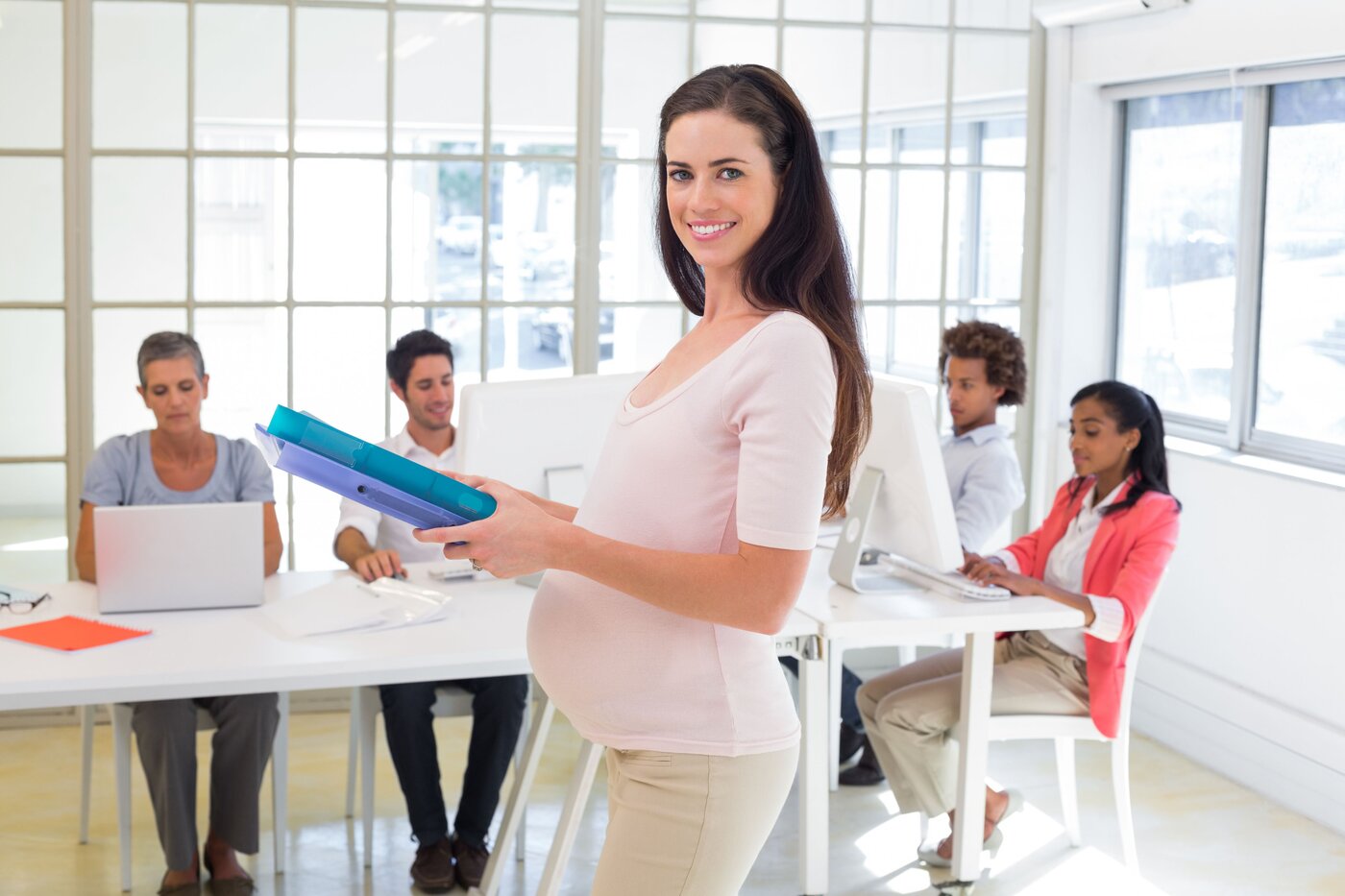Maximising Maternity Allowance for the Self-Employed

When it comes to maternity benefits, self-employed individuals sometimes find themselves at a disadvantage compared to their employed counterparts. Yet, by understanding and carefully navigating the nuances of National Insurance contributions, self-employed individuals can maximise their Maternity Allowance. This article guides you through the key points, ensuring you receive the maximum benefit.
Being self-employed can often mean juggling multiple responsibilities, and understanding how National Insurance (NI) contributions impact your maternity allowance can be one more task to manage. Maternity Allowance (MA) can provide crucial financial support during maternity leave, but to get the most out of it, self-employed individuals need to ensure they are making the correct NI contributions. These contributions play a pivotal role in determining eligibility and the allowance amount. Fortunately, with our help, navigating these waters has never been easier.
Importance of Class 2 National Insurance
Class 2 NI contributions are vital for self-employed individuals aiming to qualify for Maternity Allowance. Ensuring timely and sufficient payments can maximise your entitlement.


Determining Maternity Allowance Eligibility
Eligibility for Maternity Allowance depends on your weekly earnings and the duration of your NI contributions. Understanding the specific criteria helps you navigate the application process effortlessly.

Correct NI contributions have a direct impact on the amount of Maternity Allowance one receives. Ensure that you pay £3.45 per week in Class 2 NI contributions to secure your benefits.Impact of NI on Maternity Allowance

Self-employed individuals can receive up to £184.03 per week if they have paid enough Class 2 NI contributions in the test period. Maximising your contributions is crucial for receiving the highest allowance.Potential Allowance Amount
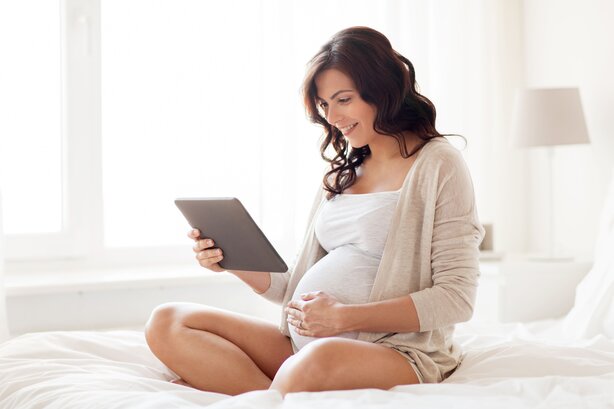
Understanding NI Contributions
Ensuring your Class 2 NI contributions are up-to-date is the cornerstone of maximising your Maternity Allowance. Contributions are typically £3.45 per week, which most self-employed individuals find manageable. It’s essential to make these payments on time, as missed contributions can affect your eligibility or reduce the amount you receive in Maternity Allowance.
However, paying Class 2 NI contributions alone isn’t enough. You must also meet the test period requirement, which examines your contributions over a 66-week period. During this time, you need to prove that you’ve been working or earning enough to make these contributions. Having accurate records and using the Pie Tax app can simplify this process, ensuring you meet all criteria and receive the maximum allowance.
Benefits of Proper Record Keeping
Proper record keeping is another crucial aspect of securing your Maternity Allowance. Keeping meticulous financial records allows you to demonstrate that you’ve met all required criteria. The Pie Tax app is an excellent resource for maintaining records, ensuring that your income, expenses, and other critical financial data are meticulously recorded. When you decide to apply for Maternity Allowance, having all this information readily available simplifies and expedites your application process.
By being proactive and organised, you can navigate the complexities of NI contributions and eligibility requirements seamlessly, ensuring you receive your full entitlement.
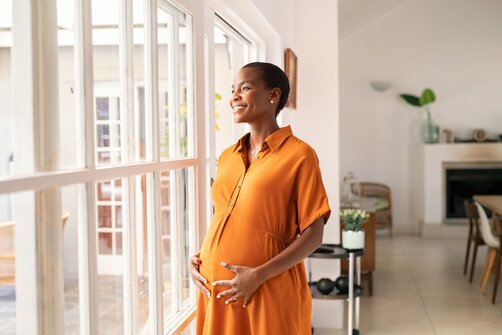
Self-employed National Insurance and Maternity Allowance: Essential Tips

Ensure you meet the National Insurance contribution requirements to qualify for Maternity Allowance, as it depends on your payment history. Check you contributions hereCheck Eligibility Early
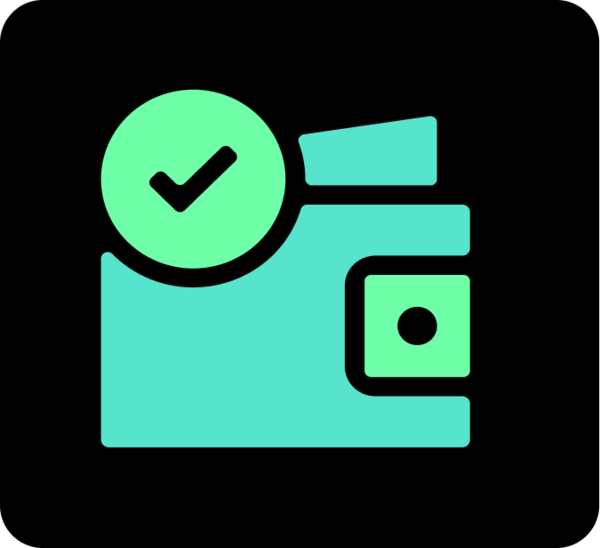
Keep up with your Class 2 National Insurance payments to secure your entitlement to Maternity Allowance and other benefits.Maintain Contributions

Submit your Maternity Allowance application as soon as you're eligible to avoid delays in receiving payments. You can apply up to 11 weeks before your baby is due.Apply Promptly
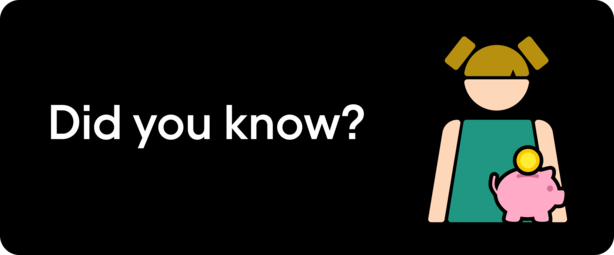
Fun Fact: Maternity Allowance History
Did you know Maternity Allowance was first introduced in 1987? Originally, it aimed to help low-income expectant mothers and has since evolved to include self-employed individuals.
Applying for Maternity Allowance
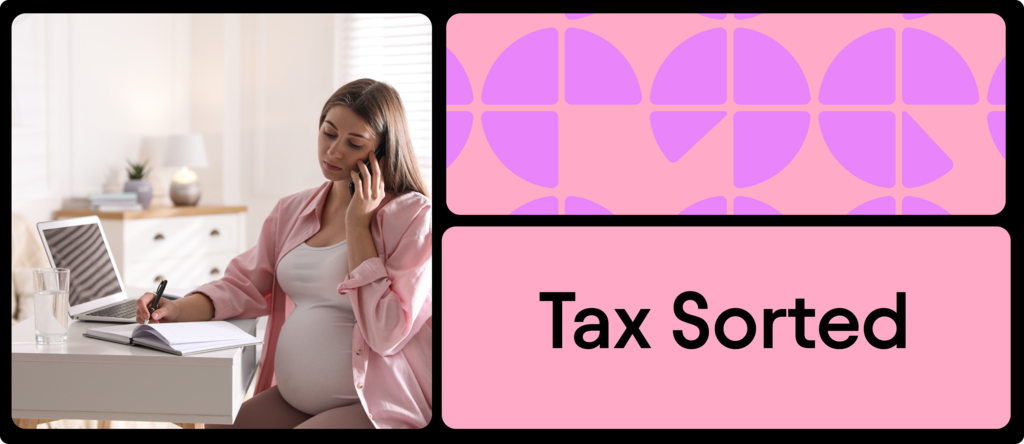
Applying for Maternity Allowance is straightforward once you understand the requirements. Start by ensuring your Class 2 NI contributions are up-to-date and gather your financial records. You can apply from 26 weeks into your pregnancy. Complete the MA1 claim form, available from the HMRC website, and submit it along with your NI records and proof of income. The Pie Tax app can assist by keeping all your information organised and accessible, simplifying this process immensely.
Once submitted, HMRC reviews your application, which can take a few weeks. Upon approval, you’ll start receiving payments into your bank account. The allowance can be claimed for up to 39 weeks, providing vital financial support during maternity leave.

To complete the MA1 claim form, provide your NI number, proof of income, and self-employment details. Ensuring these documents are accurate and readily available speeds up the process.Claim Form Essentials

Submit your MA1 form and all supporting documents as early as possible to ensure timely processing and avoid any delays in receiving your Maternity Allowance payments.Submission Tips
Summary
Understanding and managing your NI contributions is fundamental to maximising your Maternity Allowance as a self-employed individual. From knowing the importance of Class 2 National Insurance and keeping proper records to submitting your application on time, every step impacts your financial support during maternity leave. Be proactive, stay informed, and leverage technology to navigate these requirements seamlessly.
The Pie Tax app offers a suite of benefits, keeping your financial records organised. Using these resources ensures you can focus on the joys of motherhood without the added stress of financial uncertainty. Find out how to apply for Maternity allowance here: How to claim
